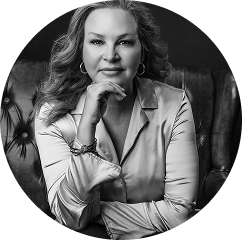
Victoria, BC, is one of Canada’s most desirable cities to live in, but rapid growth and housing demand are putting pressure on its real estate market. At the heart of this transformation are zoning and development rules that dictate what types of buildings can be constructed where. Understanding how these rules are changing helps both homebuyers and investors navigate the evolving landscape.
What is Zoning, and Why Does It Matter?
Zoning refers to the regulations that determine land use across the city. These rules control whether a property can be used for single-family homes, duplexes, multi-family units, or commercial development. As Victoria grows, the city has shifted toward more inclusive zoning that promotes densification in core and suburban areas.The Push Toward Greater Density
To combat the housing crisis and encourage affordability, the City of Victoria has been updating zoning bylaws to allow for higher density development, especially in areas close to transit corridors and village centres. For example:- Missing Middle Housing Initiative: This recent rezoning effort allows for small apartment buildings, townhomes, and multiplexes in traditionally single-family zones.
- Transit-Oriented Development: Zoning changes near Douglas Street and major corridors encourage taller, mixed-use developments.
What This Means for Buyers and Investors
With zoning changes opening up more land for multi-unit dwellings, investors are looking at these areas for development opportunities. For homebuyers, these changes mean more choices, from duplexes to townhomes, in previously low-density neighborhoods.However, zoning updates can also impact property values, taxes, and neighborhood character. Buyers should review zoning maps and upcoming development plans before purchasing.Future Outlook
As Victoria continues to grow, expect zoning to evolve toward supporting walkable, transit-connected, and energy-efficient communities. The provincial government is also pushing for more streamlined zoning processes to expedite housing construction.Disclaimer:
The information provided in these posts are for general purposes only. It is not written nor intended to provide legal advice or opinions of any kind. No one should act upon, refrain from acting, based solely upon the materials provided & recorded, or through any hypertext links and other general information, without first seeking appropriate legal and/or other professional advice.

